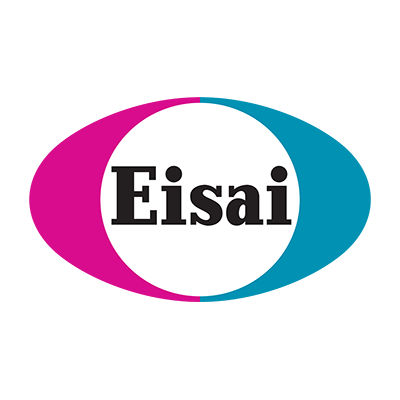Request Demo
Last update 08 May 2025
5-LOX x TXA2 synthase
Last update 08 May 2025
Basic Info
Related Targets |
Related
3
Drugs associated with 5-LOX x TXA2 synthaseTarget |
Mechanism 5-LOX inhibitors [+1] |
Active Org.- |
Originator Org. |
Active Indication- |
Drug Highest PhaseDiscontinued |
First Approval Ctry. / Loc.- |
First Approval Date20 Jan 1800 |
Target |
Mechanism 5-LOX inhibitors [+1] |
Active Org.- |
Originator Org. |
Active Indication- |
Inactive Indication |
Drug Highest PhaseDiscontinued |
First Approval Ctry. / Loc.- |
First Approval Date20 Jan 1800 |
Target |
Mechanism 5-LOX inhibitors [+1] |
Active Org.- |
Originator Org. |
Active Indication- |
Inactive Indication |
Drug Highest PhasePending |
First Approval Ctry. / Loc.- |
First Approval Date20 Jan 1800 |
100 Clinical Results associated with 5-LOX x TXA2 synthase
Login to view more data
100 Translational Medicine associated with 5-LOX x TXA2 synthase
Login to view more data
0 Patents (Medical) associated with 5-LOX x TXA2 synthase
Login to view more data
42
Literatures (Medical) associated with 5-LOX x TXA2 synthase01 Jan 2024·Journal of Ethnopharmacology
Multi-omics approaches revealed the therapeutic mechanisms of Suo-Quan-Wan for treating overactive bladder in spontaneously hypertensive rats
Article
Author: Wu, Yushan ; Xu, Pingxiang ; Cheng, Mingchang ; Xue, Ming ; Tie, Yan ; Sun, Zhihui ; Zhou, Xuelin ; Tong, Xinyi ; Xu, Liping
01 Aug 2021·Prostaglandins & Other Lipid MediatorsQ3 · BIOLOGY
Evaluation of inhibitors of the arachidonic acid cascade with intact platelets using an on-line dilution and on-line solid phase extraction HPLC–MS method
Q3 · BIOLOGY
Article
Author: Fabian, Jörg ; Mergemeier, Kira ; Lehr, Matthias
02 Apr 2019·Journal of Investigational Allergology and Clinical ImmunologyQ3 · MEDICINE
Angioedema-Induced by Nonsteroidal Anti-inflammatory Drugs: A Genotype-Phenotype Correlation in A Brazilian Population
Q3 · MEDICINE
Article
Author: Sole, D ; Filippelli-Silva, R ; Veronez, C L ; Pesquero, J B ; Martin, R P ; Ensina, L F
Analysis
Perform a panoramic analysis of this field.
login
or

AI Agents Built for Biopharma Breakthroughs
Accelerate discovery. Empower decisions. Transform outcomes.
Get started for free today!
Accelerate Strategic R&D decision making with Synapse, PatSnap’s AI-powered Connected Innovation Intelligence Platform Built for Life Sciences Professionals.
Start your data trial now!
Synapse data is also accessible to external entities via APIs or data packages. Empower better decisions with the latest in pharmaceutical intelligence.
Bio
Bio Sequences Search & Analysis
Sign up for free
Chemical
Chemical Structures Search & Analysis
Sign up for free


